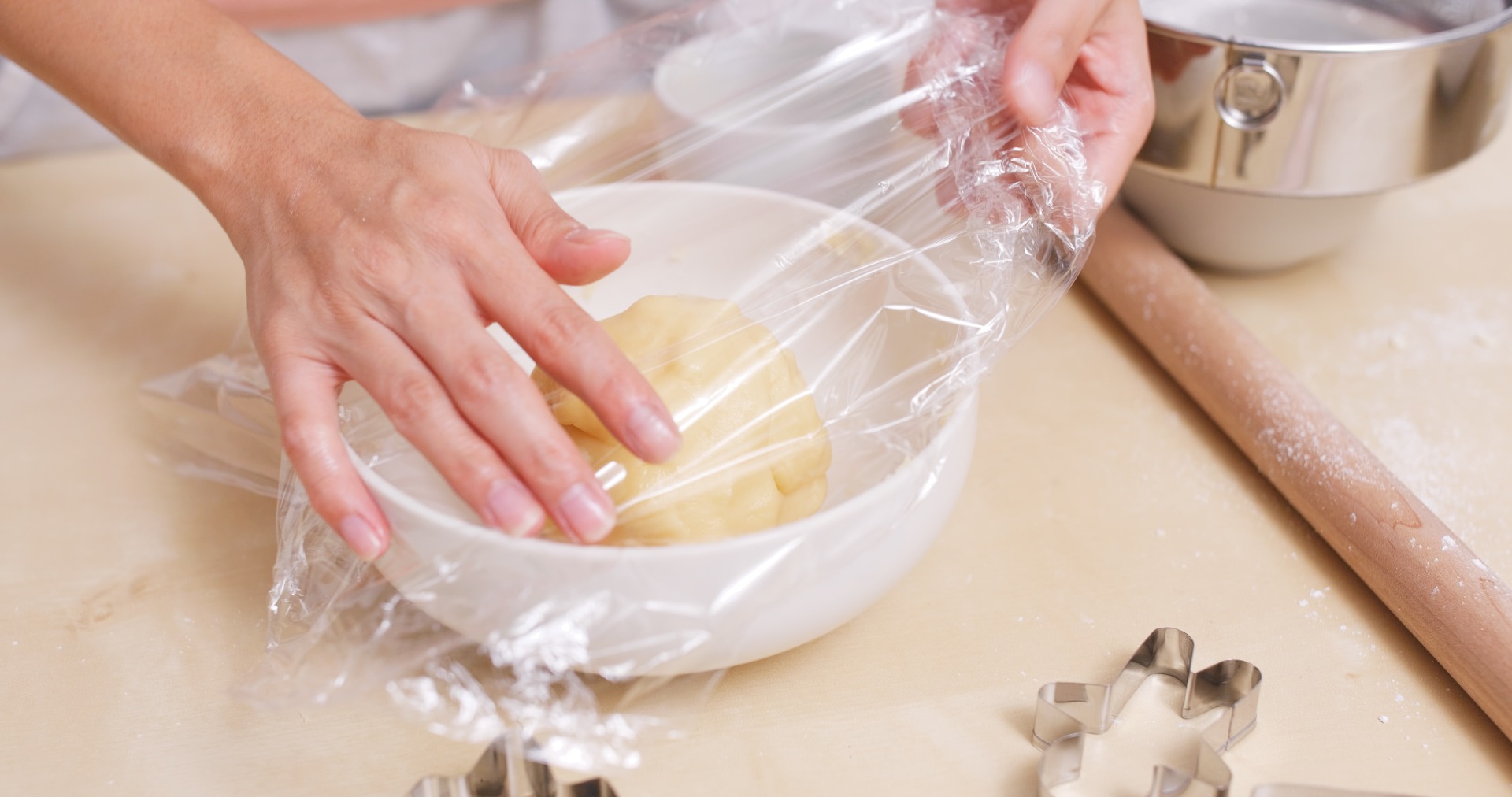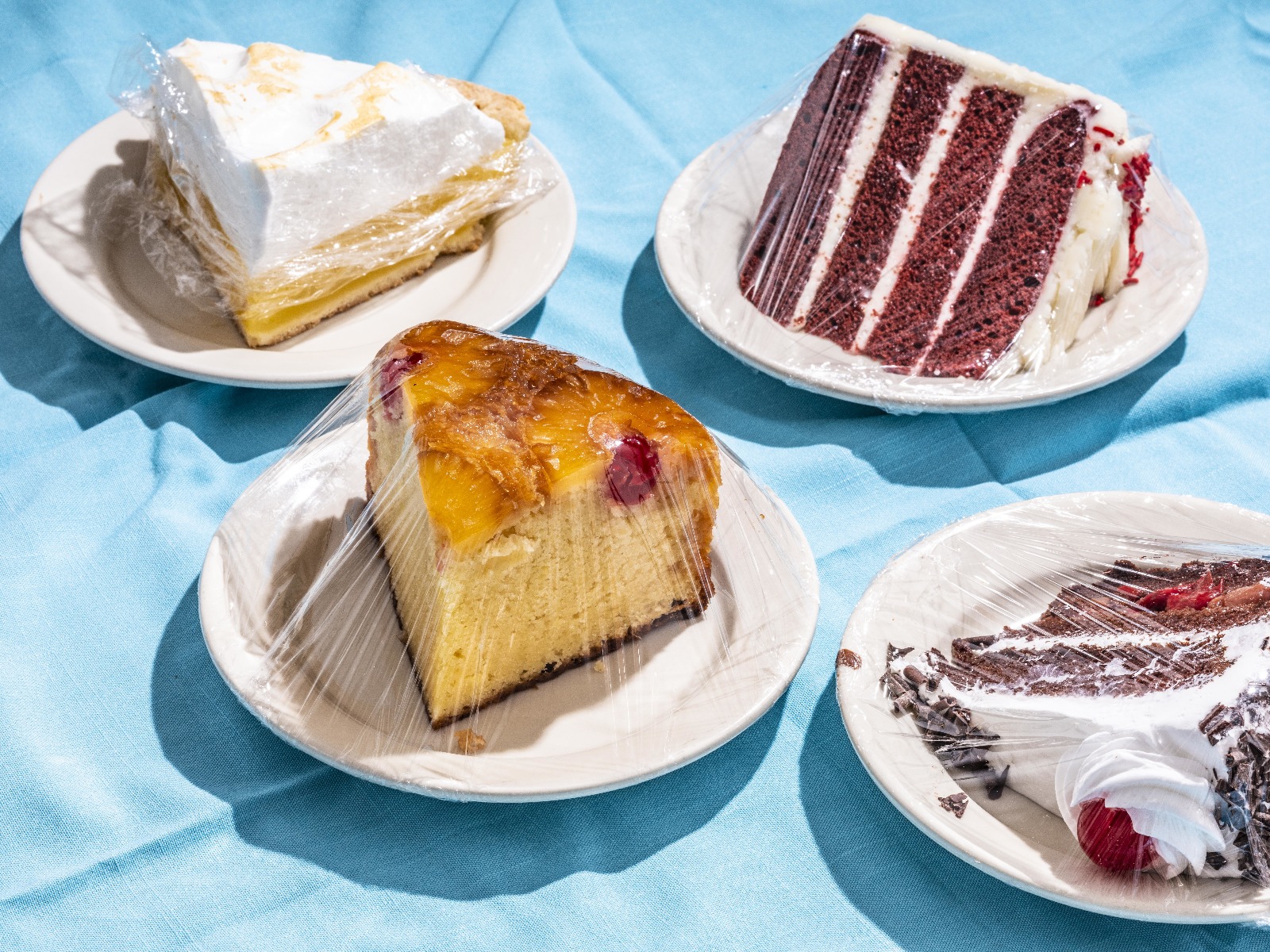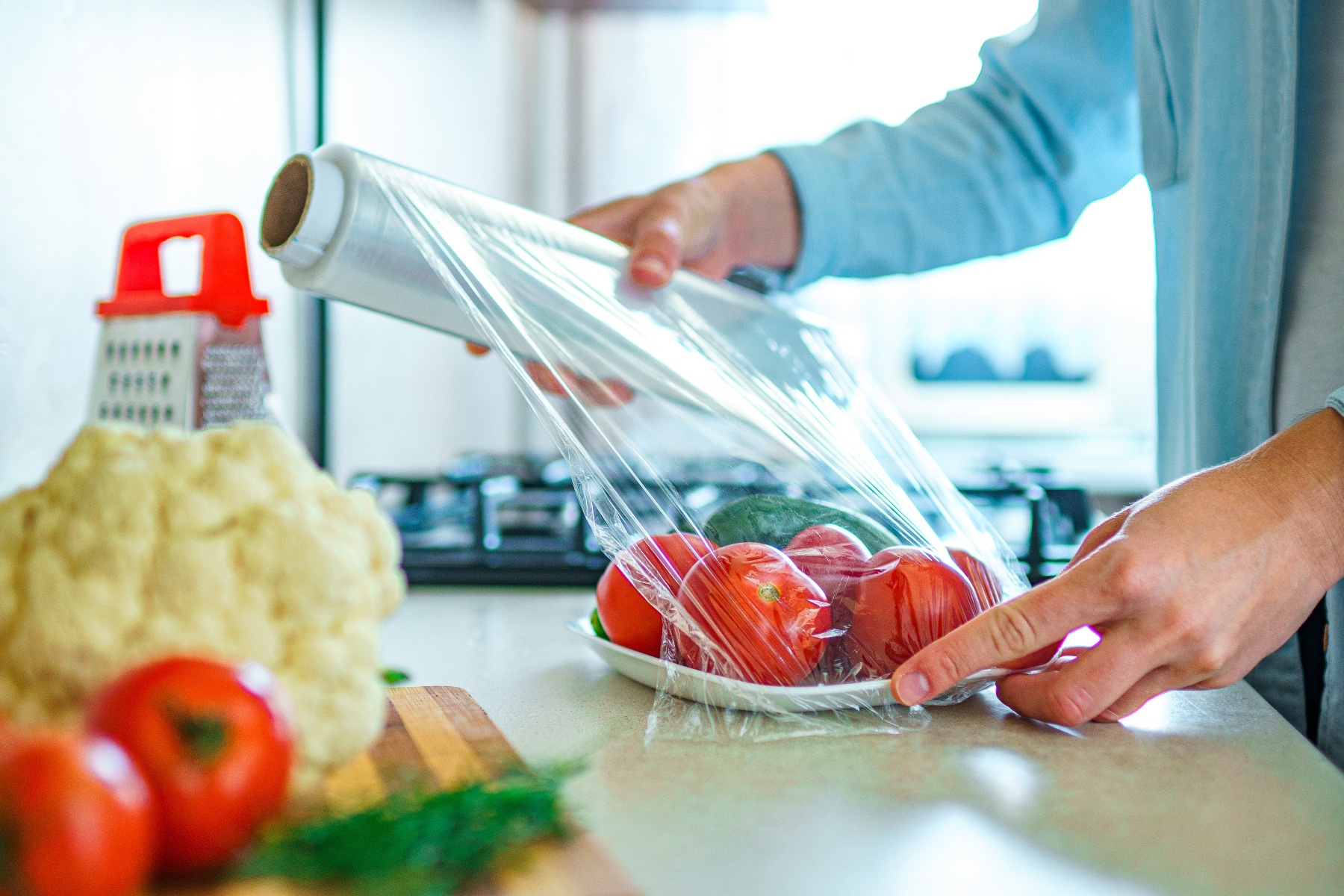- 800-277-7007
- ISO 9001:2015 Certified Company
Plastic Wrap Basics

What is Plastic Wrap?
Plastic wrap, which is also frequently referred to as saran wrap, cling wrap, or cling film, is a versatile packaging tool that is commonly used for both industrial purposes and in-home applications. Industrial cling wrap can be used on anything from pallets to boxes, while food grade cling film is often seen on produce, meat and poultry, and even on many of your leftovers at home. When using cling wrap material that is specifically designed for food use, you’ll be able to easily seal your containers and trays closed in order to keep produce and other edibles fresh for extended periods of time.
What is Plastic Wrap Made Out Of?
There are actually very few plastic wrap ingredients. Traditionally, it was constructed out of a poly material called Polyvinylidene Chloride (PVC). Today, we more commonly see clean wrap cling film manufactured from Low-Density Polyethylene (LDPE) material. PVC worked very well for many years because it offers phenomenal cling capabilities, but LDPE is now the more popular choice because it is safer for both the user and the environment.
When was Saran Wrap Invented?
In 1933, a lab worker at Dow Chemical Company was attempting to clean out beakers that had been used to develop a product for dry cleaning when he discovered saran wrap, which many people to this day still incorrectly label as seran wrap. Initially, the manufacturers at Dow Chemical used this material in a spray adhesive form that was placed onto fighter planes in order to protect them from the salt-filled sea spray. Later on in 1949, the makers converted the spray into the clear plastic wrap we know today.
What is Saran Wrap and How is It Made?
As previously discussed, the question of saran wrap vs cling wrap vs plastic wrap is an easy one, as they’re just different names for the same material. Knowing the answer to “is cling wrap saran wrap?” allows you to dig further into the actual manufacturing process for this helpful plastic tool. Like many other plastic films, cling wrap is created during a process called extrusion. During the extrusion procedure, plastic granules are melted down into liquid. That liquified plastic is then sent through a die and turned into a stretchy tube into which air is blown. The air stretches the tube to whichever thickness the operator selects and a bubble forms. After this, the plastic bubble is placed onto metal rollers that process it into a film. The final product is formed when that film is unwound from the rollers, cut to size, and packaged onto the individual rolls of plastic wrap that you likely recognize from your very own kitchen drawers.

Does Saran Wrap Shrink When Heated?
It’s important to remember that even though they’re similar, saran wrap and shrink film are not the same material. While you can point a heat gun or blow dryer at shrink film to make it conform to a product or surface, applying saran wrap heat can result in some serious problems. Some plastic wraps (though not all) can be placed in the microwave for short amounts of time, but anything more than that will melt the film, leading to potentially harmful chemicals releasing into the air you breathe and possible burns if you handle the overheated saran wrap. Our recommendation? Don’t make any DIY attempts at converting your standard food grade cling film into shrink wrap.

Is Saran Wrap a Good Insulator?
The short answer? No. Even though cling film is a great way to keep your food fresh, it doesn’t do a very good job of retaining warmth. If you’re looking for something that will keep the leftovers from Grandma’s house toasty warm on the drive home, you’d be better off using aluminum foil instead. If plastic wrap is your only option, try using two layers of the film with a pocket of air in between.
What is the Clear Plastic Wrap Called?
Plastic wrap is a material of many names. Whether you prefer to call it saran wrap, cling film, or cling wrap, it keeps your produce and other foods fresh and safe from contaminants like moisture, oxygen, and beyond.


